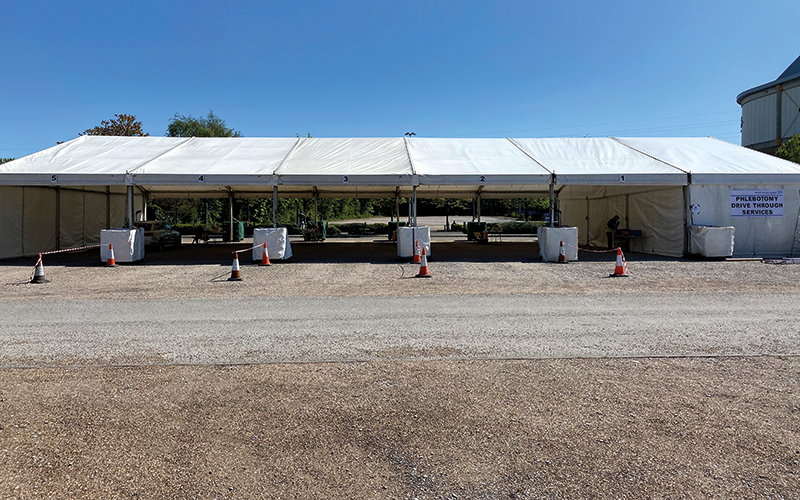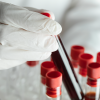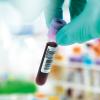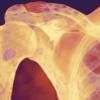Laboratory Manager Richard Wardle outlines the introduction of a drive-through phlebotomy service during the COVID-19 pandemic.

In March 2020, the laboratories of Sheffield Teaching Hospitals NHS Foundation Trust (STH), like the majority across the UK, experienced a significant fall in the numbers of samples received as a consequence of the COVID-19 pandemic. While some of this reduction may have been appropriate in the circumstances and may not have been detrimental, it was clear that there were a large number of patients not getting the tests they needed to diagnose, monitor and manage their conditions, therefore putting them at risk.
The reasons for the reduced numbers fitted broadly into two categories – a lack of access to phlebotomy services due to temporary suspension or reduction, or patients refraining from getting their bloods done due to anxiety about visiting hospital or GP settings for risk of infection.
The concept
In a bid to combat this drop in samples and testing, the laboratory medicine team at STH proposed an innovative way to increase access to phlebotomy services whilst minimising the risk of COVID-19 infection and thus hopefully reducing patient anxieties. The idea was to introduce a drive-through phlebotomy service – to erect a marquee upon a site of hard-standing away from trust sites, an open-sided structure through which vehicles would be able to drive. The marquee should be wide enough to take multiple lanes of cars and accommodate several phlebotomy stations.
With an appropriate request from their clinical service, and after a check for symptoms from stewards outside the marquee, patients would drive or be driven through and have their blood samples taken through their car window. After a quick check to ensure they were fit to continue, they would drive away. This would allow vulnerable patients to remain socially isolated within their own vehicles, only coming into contact directly with one individual, the phlebotomist, who would be wearing the appropriate PPE. As the patient would not leave the vehicle, there would be no need for social-distancing measures away from other patients, no additional hygiene measures other than those during the phlebotomy procedure, and the patient would be efficiently dealt with, minimising time away from home and reducing anxiety.




